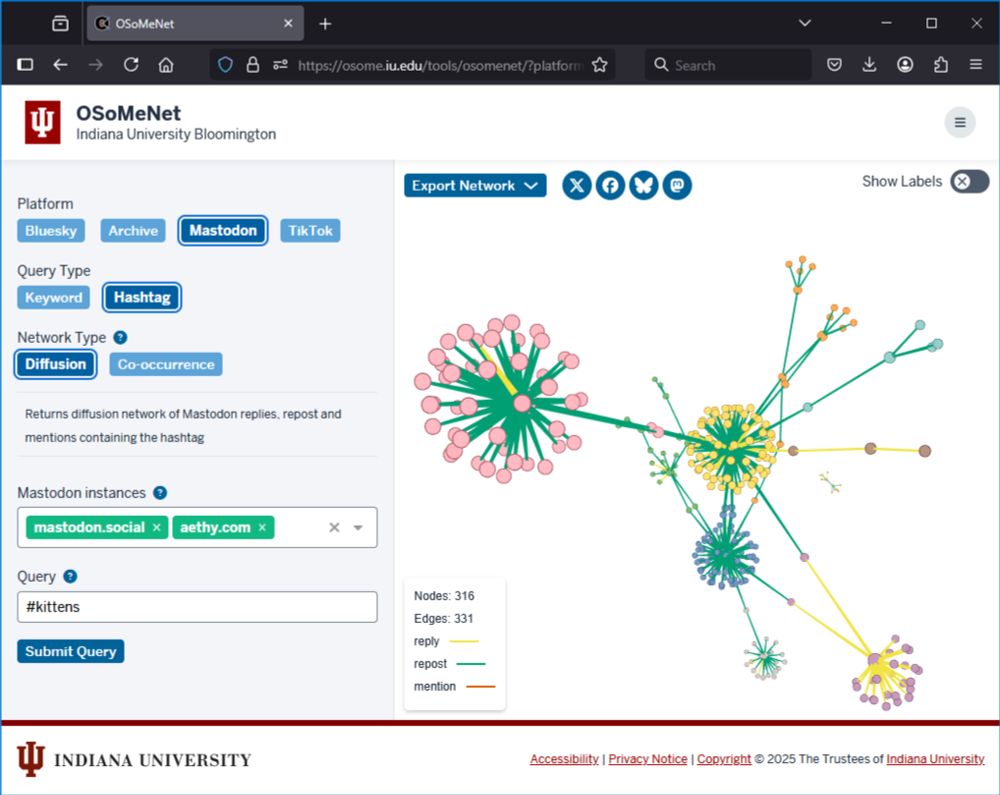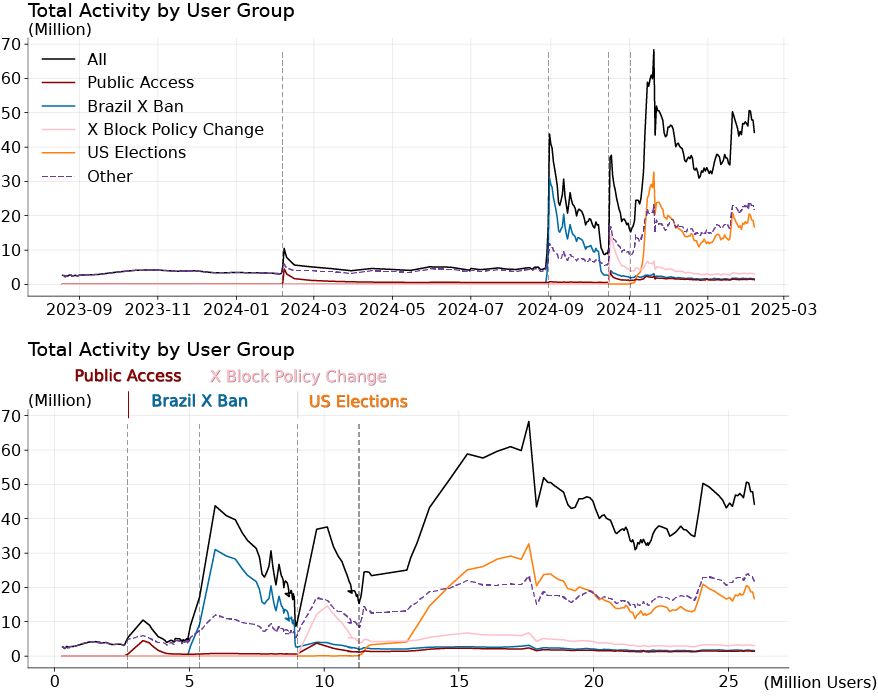Ozgur Can Seckin
@ozgurcanseckin.bsky.social
100 followers
83 following
28 posts
Indiana University Bloomington - Informatics PhD. previously: Plaid MLE, Glassdoor MLE, Sabanci University - Data Science MSc., Galatasaray University - Economics BSc.
Posts
Media
Videos
Starter Packs
Reposted by Ozgur Can Seckin
Bao Truong
@baottruong.bsky.social
· Jul 21
Reposted by Ozgur Can Seckin
Bao Truong
@baottruong.bsky.social
· Jul 21
Reposted by Ozgur Can Seckin




















